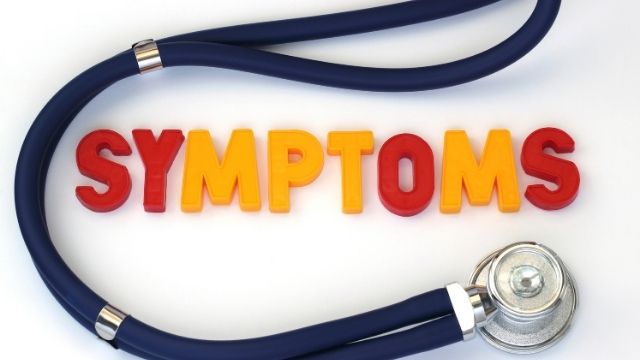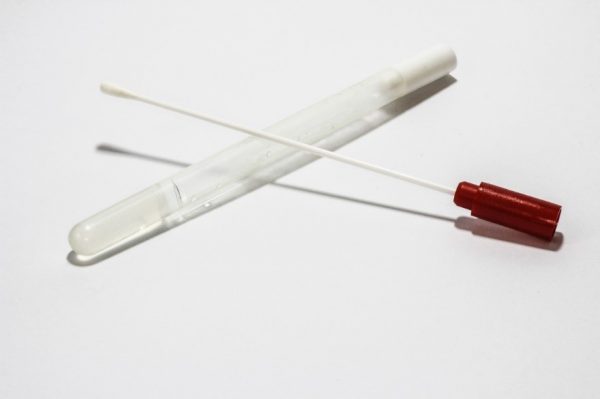If you're sexually active, you may be at risk of a sexually transmitted infection (STI).
There are a number of STIs that you can come into contact with. These include the likes of chlamydia, gonorrhoea and syphilis. For a full list of STIs, visit https://www.sexualwellbeing.ie/sexual-health/sexually-transmitted-infections/types-of-stis/.
Here at the College Times, we want to ensure that you remain safe through understanding the risk of STIs, how to prevent the spread of STIs, when you should get an STI test and what an STI test entails.
How To Prevent The Spread Of STIs
Prevention is better than cure. Most STIs are passed between sexual partners through unprotected oral, anal or vaginal sex, but some STIs are passed via skin-to-skin contact.

Condoms offer protection against most sexually transmitted infections (our friends over at Balls.ie have a full article about condoms that you can read right here). Another way you can prevent the spread of STIs is to ensure that you don't share sex toys. You can reduce the risk of infection by washing sex toys between uses and applying a new condom per use.
Certain STIs, like hepatitis A and B, have vaccines that can protect you against them.
In order to ensure that you don't have an STI, or if you do have one and need to get treatment, you can get an STI test.
Actually, let's talk about what an STI test entails.
Getting An STI Test
You should get an STI test if you're showcasing symptoms (we'll get onto them in a bit).
However, STIs can exist without symptoms, and you can pass an STI onto sexual partners unbeknownst to yourself.
It's better to be safe than sorry, so to be sure of your STI status, it's best to get a test. There'll be a lot of swab talk.
Men are asked to give a urine sample into a small bottle. Sometimes a swab is used to take a sample from inside the top of the penis or from your throat or anus, depending on symptoms. For women, a swab is taken from the vagina, which can be done by the doctor or nurse and sometimes by yourself.
Both men and women will also have blood tests to check for viral or bacterial infections.
The Symptoms Of An STI

Of course, you may not know that you have an STI, as you may have no symptoms, but you can still pass it on to a sexual partner.
Some STIs may cause small spots, bumps or blisters on the skin, anywhere in the genital or anal area.
Symptoms in men
- Discharge from the tip of the penis.
- Pain passing urine.
- Pain or discharge from the anus.
- Pain and swelling in the testicles.
Symptoms in women
- Bleeding after sex or between periods.
- Change in the normal vaginal discharge.
- Pain passing urine or stomach pain.
What To Do If You Have An STI
If you are found to have an STI, you will be offered treatment. You will have to wait until you have completed the treatment before having sex again.
Furthermore, it's important that you tell your partner (or partners) that you have an STI so that they too can be offered testing and treatment. Your partner (or partners) should also have been tested and treated before having sex with them again. Your doctor or nurse will explain all this to you.
For more information, visit https://www.sexualwellbeing.ie/sexual-health/sexually-transmitted-infections/

 cture>
cture>


